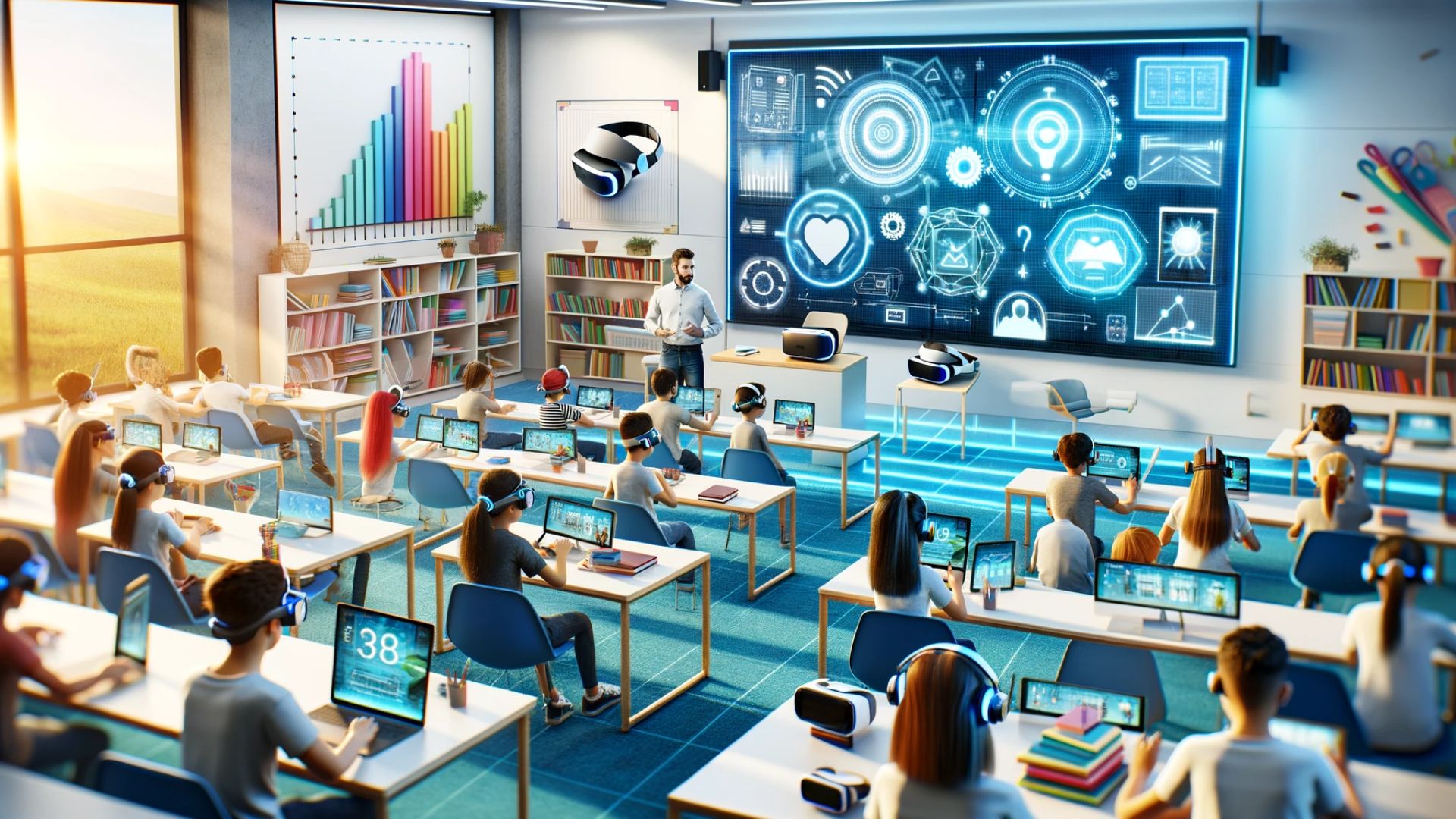In recent times, education has seen a dramatic transformation. What was once considered futuristic—virtual classrooms—has now become a fundamental part of modern education. Technological advancements and the global challenges brought on by the pandemic have made virtual learning not just an alternative, but a growing standard. But how are virtual classrooms truly reshaping the educational system? Let’s explore the various ways they are revolutionizing both teaching and learning.
What Are Virtual Classrooms?
A virtual classroom is essentially an online space where students and teachers interact through digital platforms. Unlike traditional classrooms where everyone is physically present, virtual classrooms allow individuals to connect from different locations. With features like video conferencing, live chats, screen sharing, and digital whiteboards, these environments replicate many aspects of a physical classroom, without the need for a shared physical space.
The Growth of Virtual Learning
The concept of virtual learning isn’t entirely new. Its origins can be traced to early forms of distance education, such as correspondence courses. Over the years, the internet has sparked an online education boom, with platforms like Coursera, Khan Academy, and Udemy making learning more accessible. However, the real surge in virtual classrooms occurred during the COVID-19 pandemic. With schools and universities worldwide closing their doors, educators had to quickly shift to online learning, fast-tracking the adoption of virtual classrooms as a crucial component of today’s education.
The Advantages of Virtual Classrooms
Virtual classrooms have gained significant traction due to the numerous benefits they offer over traditional methods. Here are some of the key advantages:
Accessibility and Flexibility
Perhaps the biggest advantage of virtual classrooms is the flexibility they provide. Students can attend lessons from anywhere, be it another city, country, or even continent. This flexibility also applies to time, as students can often learn at their own pace, which is particularly helpful for those juggling work, family, or other responsibilities.
Cost-Effectiveness
Traditional education can be costly, with expenses such as transportation, housing, and textbooks adding up. Virtual classrooms remove many of these financial burdens, as students no longer need to worry about commuting or living near a campus. Additionally, many online resources are free or much cheaper than conventional textbooks.
Personalized Learning
In virtual classrooms, teaching can be more personalized. Unlike traditional settings that often adopt a one-size-fits-all approach, online learning environments enable teachers to cater to individual student needs. Adaptive technologies further enhance this by offering customized content and feedback based on each student’s performance, leading to improved engagement and learning outcomes.
Global Connectivity and Collaboration
One exciting aspect of virtual classrooms is their ability to connect people worldwide. This fosters cross-cultural collaboration and learning, something that would be difficult to achieve in traditional settings. Students can work with peers from different parts of the world, gaining valuable global perspectives. This interconnectedness not only enriches the educational experience but also prepares students for the globalized workforce of the future.
Challenges of Virtual Classrooms
Despite the benefits, virtual classrooms come with their own set of challenges. For many, adapting to online learning has not been without difficulties.
Technical Issues
One of the most common challenges in virtual learning is technology-related. A stable internet connection is vital, but not all students have access to high-speed internet. Additionally, technical problems with platforms or devices can interrupt the learning process, causing frustration for both students and educators.
Bridging the Digital Divide
The digital divide is another pressing issue. While some students have access to advanced technology, others may struggle with outdated devices or lack access altogether. This disparity leads to unequal learning experiences. Although initiatives to provide devices and internet access are underway in many areas, there is still progress to be made.
Limited Social Interaction
Another drawback of virtual classrooms is the reduced face-to-face interaction. In traditional settings, students engage with peers and teachers in real-time, building relationships and social skills. While online platforms offer tools for collaboration, such as breakout rooms and discussion forums, these often fall short of replicating in-person social dynamics.
The Role of Teachers in Virtual Learning
Teachers are crucial to the success of virtual classrooms, but transitioning from in-person to online teaching requires new skills. Beyond mastering digital tools, teachers must find creative ways to keep students engaged remotely, whether through multimedia content, interactive tools, or dynamic lesson plans.
The Future of Virtual Classrooms
Looking forward, virtual classrooms are set to become even more advanced. Emerging technologies like artificial intelligence (AI), virtual reality (VR), and gamification will likely further transform the learning experience. AI could enable even more personalized learning paths, while VR might allow for virtual field trips or immersive simulations. Gamification, which integrates game elements into learning, has already shown promise in boosting student engagement and motivation.
Conclusion
Virtual classrooms are undeniably reshaping education. From their flexibility and affordability to the personalized experiences they offer, these online environments present numerous advantages. While challenges like technical issues and the digital divide persist, the potential for virtual learning is vast. As technology evolves, virtual classrooms will play an increasingly significant role in education, opening up new and innovative ways for students to learn and connect.





